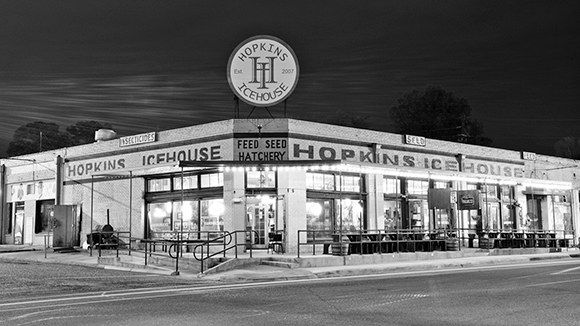Chapter 1: Exploring the Nikon D7100
This chapter covers the key components of the D7100 — the buttons, switches, dials, and knobs. These are the features you will need to master because you will be using them all the time to modify settings in order to adapt to changing shooting conditions.
The D7100 is very similar to its precursor, the D7000, and also very similar to its FX sibling, the D600. If you’re upgrading from the D7000 or you purchased the D7100 as an adjunct to the D600, you’ll feel right at home. If you’re stepping up from a D5100 or a D3200, the number of controls may surprise you. If you are accustomed to using one of Nikon’s compact pro bodies, such as the D300s, D700, or D800, then you will definitely notice the difference in the control layout.

Getting to know all your camera’s menus, buttons, and dials allows you to capture your images just as you envision them.
Key Components of the D7100
You use the exterior controls of the D7100 to access features that you change often. Being a higher-end model than the D3200 and D5100 series, the D7100 offers a lot more buttons and dials to allow you to change your settings more quickly, which is a good thing. On the other hand, the D7100 has fewer buttons than the professional-grade cameras, so a lot of the buttons perform double or even triple duty, depending on what mode the camera is in.
The good news is that you can ...

